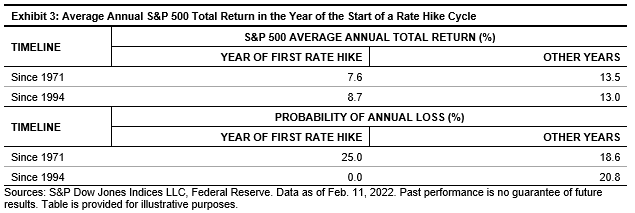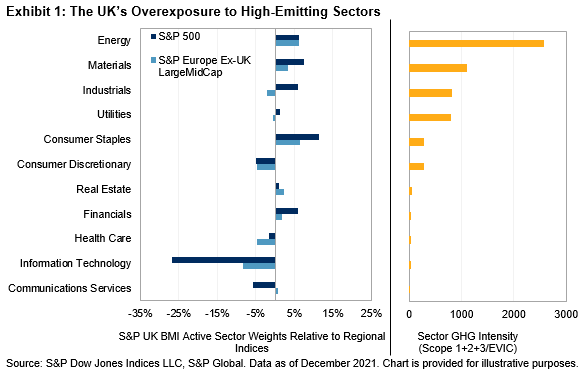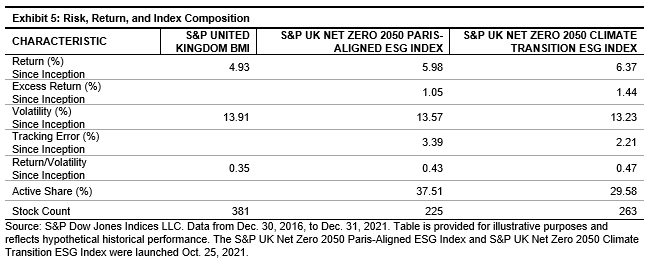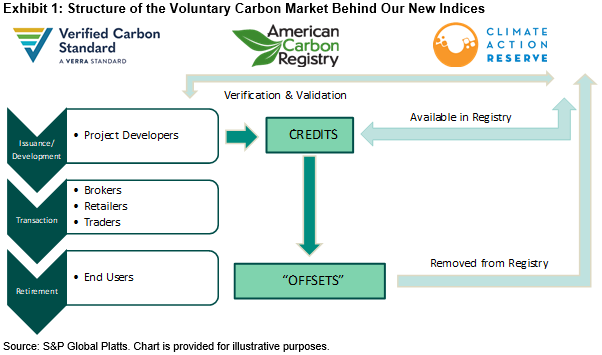Military and economic warfare rocked the financial markets in late February. Beyond the unthinkable human impact, the Russia-Ukraine conflict has had sizeable short- and long-term implications for commodities markets.
The S&P GSCI ended the month up 8.8%, driven higher by fears over the continuity of energy supplies in Europe, the dominance of Russia as a supplier of key industrial metals, the shutdown of international transport routes, and the importance of the region in global grain markets.
The raft of new economic sanctions, as well as announcements by major oil and gas multinationals that they will exit Russian operations and joint ventures, were sufficient to push Brent Crude Oil past the USD 100 per barrel level for the first time in seven years by the end of the month. Plans for a coordinated global crude stocks release did little to temper market sentiment. The S&P GSCI Energy rose 9.7% over the month. Longer term, the conflict has laid bare Europe’s dependence on Russian energy supplies and could hasten the shift to alternative supplies, both conventional and renewable. The energy complex may remain volatile, as the risk of losing access to Russian supplies hangs over the global economy.
In addition to energy, Russia is a major player in several energy transition metals. The S&P GSCI Industrial Metals jumped 7.3% in February, with aluminium touching a record high. Many of the metals markets have continued to be characterized by lingering COVID-19-related supply chain challenges, along with strong demand, and the restrictions on Russian raw materials have already had a cumulative impact on availability. The S&P GSCI Nickel rose 9.0% over the month. While the electric vehicle (EV) sector is a smaller user of nickel than stainless steel, the exponential rise in EV adoption has had a notable pull on nickel stocks.
Gold has been the laggard in the commodities complex for much of the past year, but it saw a resurgence in demand as a safe haven asset during the final days of February. The S&P GSCI Gold gained 5.8% over the month. Gold has historically performed strongly during periods of crisis but in the current ongoing tailwinds from central bank purchases, inflation expectations, and its role as the asset of last resort may be tempered by tightening monetary policy and competition from alternatives such as cryptocurrencies.
For the second month running, the S&P GSCI Palladium was one of the best performers across the commodity complex, taking the YTD return to up 30.9%. Russia is the world’s largest producer of palladium, which is an essential component in catalytic converters.
The S&P GSCI Agriculture ended the month 10.8% higher. Often referred to as the breadbasket of Europe, Ukraine accounts for 16% and 12% of global corn and wheat exports, respectively, while top wheat supplier Russia is responsible for 17% of global trade. With ports closed, the movement of commercial vessels restricted, and a raft of economic sanctions imposed on Russia, the disruption and dislocation of global grain markets has already been significant.
The posts on this blog are opinions, not advice. Please read our Disclaimers.




















